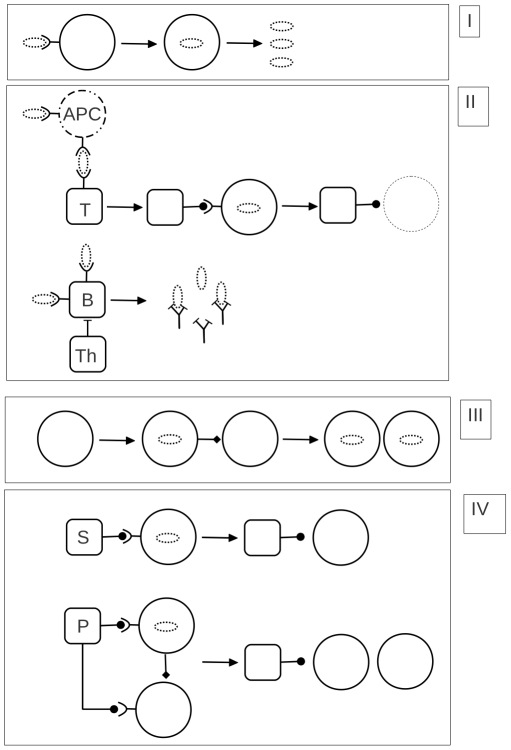Figure 1. Comparison of the structure of cellular and social immunity.
The top two panels illustrate cellular infection and immunity. The bottom two panels illustrate social infectivity and social immunity. (I) Pathogens infect cells and thereby proliferate. (II) Naive T cells are presented with antigen epitopes by antigen presenting cells (APC), inducing them to target infected cells and eliminate them. B cells sequester antigen and are induced to generate antibodies to these by T helper cells. (III) Individuals become aggressive and by direct contact with others redirect aggression infectiously. (IV) Pacifiers (S) engage with aggressive individuals, calming them down thereby preventing redirection. Police (P) intervene directly into conflicts, resolving disputes and returning combatants to the passive state. In animal conflict it is a state of behavior that is transmitted that arises spontaneously from within the population.

